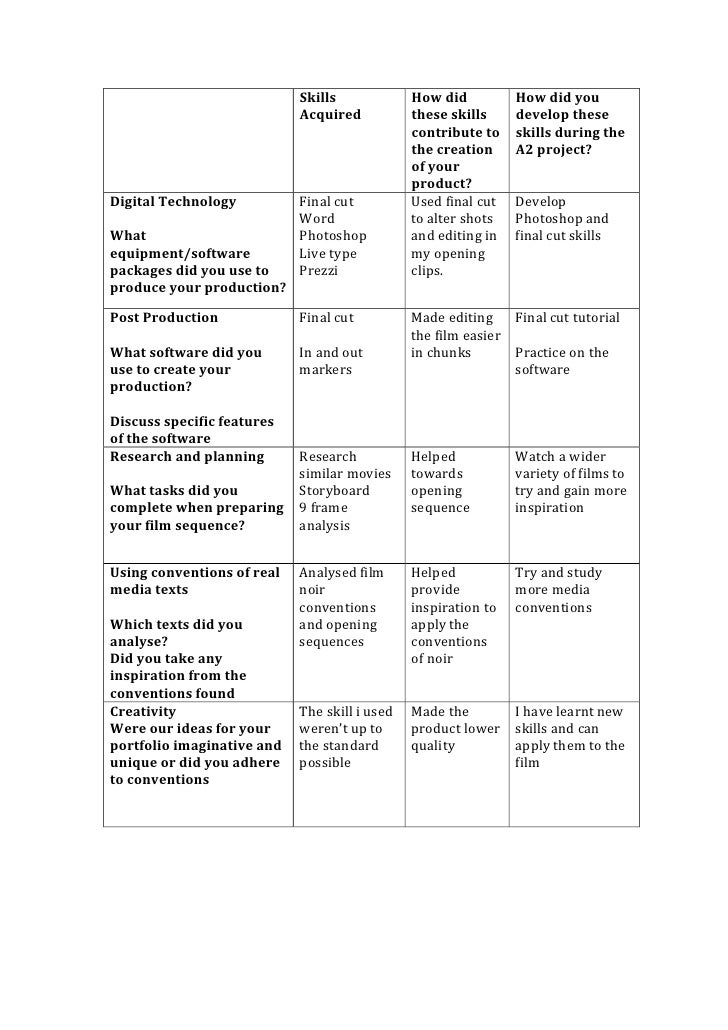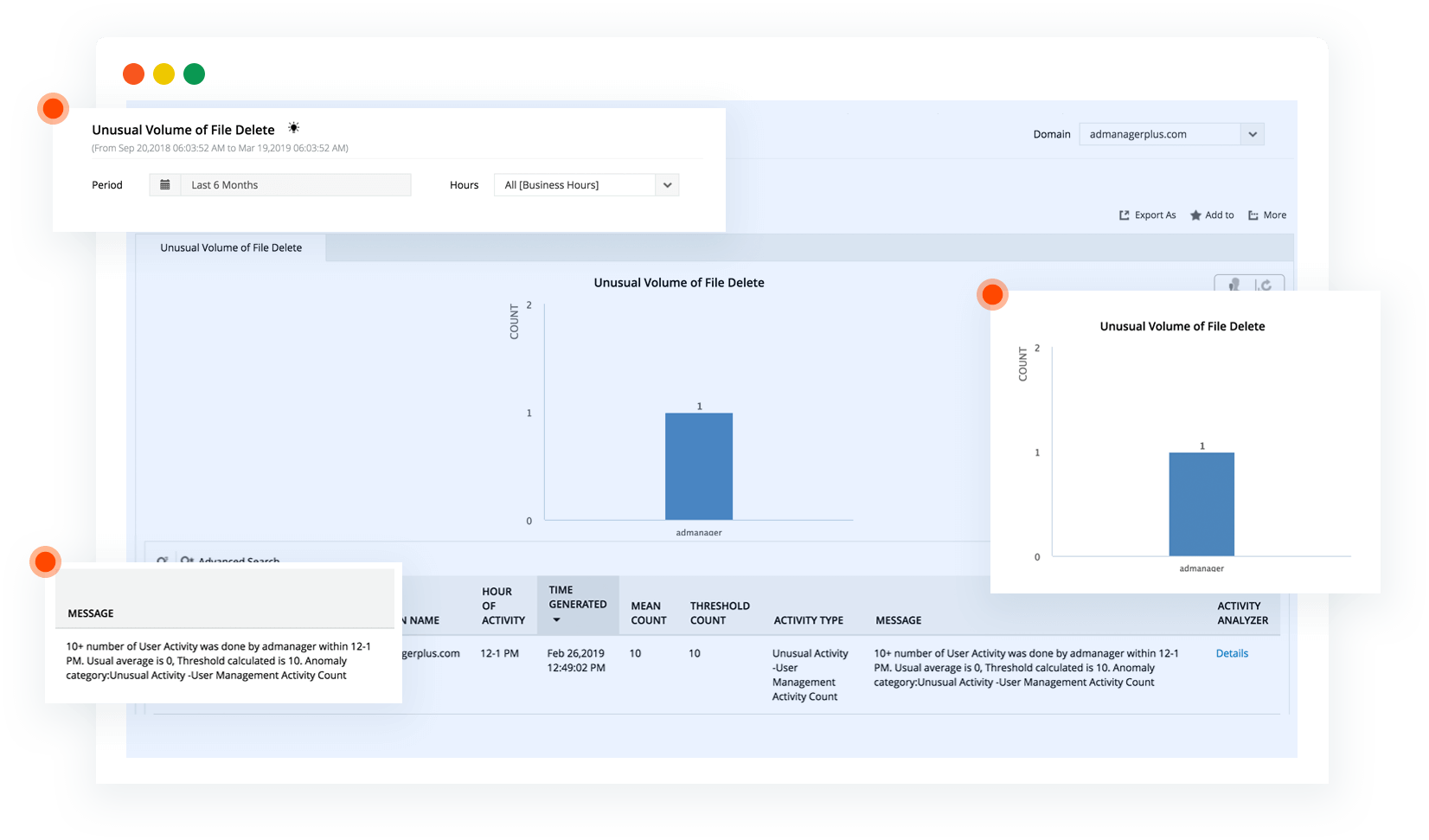

You can select additional entities in your filter as well.
User activity audit how to#
How to run the Successful User Logon/Logoff Report: The report is generated and can be sorted, filtered, grouped, saved, and exported.Select a Date Range and click Generate Report.Click the User & Entity Behavior Analytics icon and select Active Directory Reports, Logon/Logoff Reports, Failed Logon.Two of these reports are Failed User Logon and Successful User Logon/Logoff Reports. Lepide Auditor for Active Directory includes several Logon/Logoff reports to track logon activity. Lepide Auditor for Active Directory overcomes the complexity of the native method by providing a straightforward way to identify suspicious insider activity using Active Directory by using Logon/Logoff Reporting and the Permissions Modification Report.
User activity audit windows#
Monitor User Activity in Windows Computers Using the Lepide Auditor Open Event Viewer and navigate to Windows logs, Security.Use Active Directory Event Viewer to check the logs.To audit, a group of domain users, the specific group(s) can be added. You can also choose to audit every domain user’s logon by selecting All users. Under Security Filtering, add the users whose logons need to be tracked. Open the Group Policy Management console and select the GPO that you have edited or created.Next, enable Success and Failure auditing for Audit Logon, Audit Logoff, and Audit Special Logon.Navigate to Windows Settings, Security Settings, Advanced Audit Policy Configuration, Audit Policy, Logon/Logoff In Audit Policy, select Audit logon events and enable Success and Failure auditing.In the Group Policy Editor, navigate to Computer Configuration, Policies, Windows Settings, Security Settings, Local Policies, Audit Policy.You can either edit an existing group policy object or create a new one.Go to Forest, Domain, Your Domain, Domain Controllers.Under the Manage tab, open the Group Policy Management console.


Learn more On-Premise & Cloud Platforms We Audit Monitor, audit and report on changes and interactions with platforms, files and folders across your on-premises and cloud environment.


 0 kommentar(er)
0 kommentar(er)
